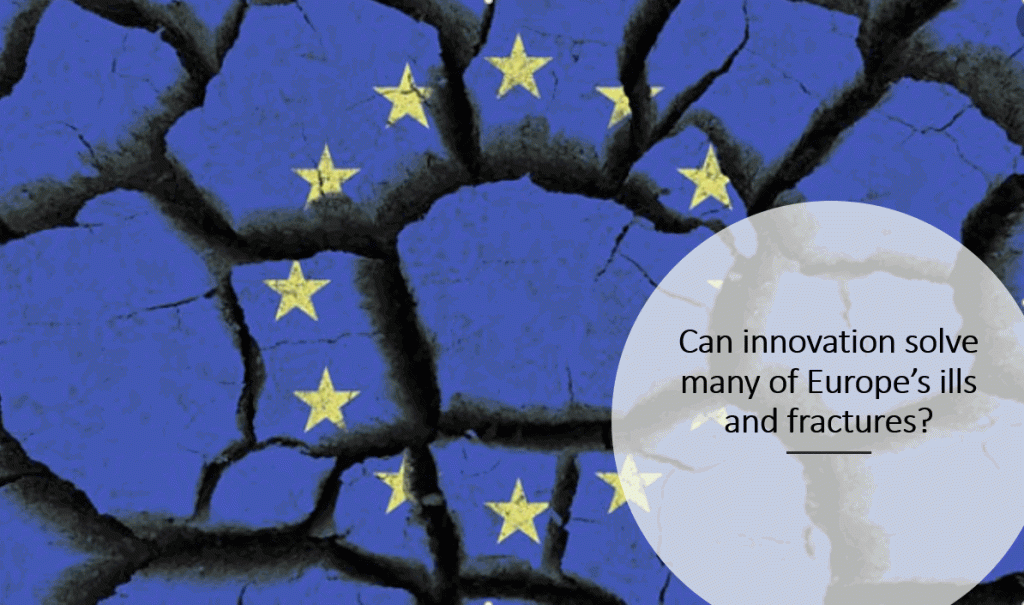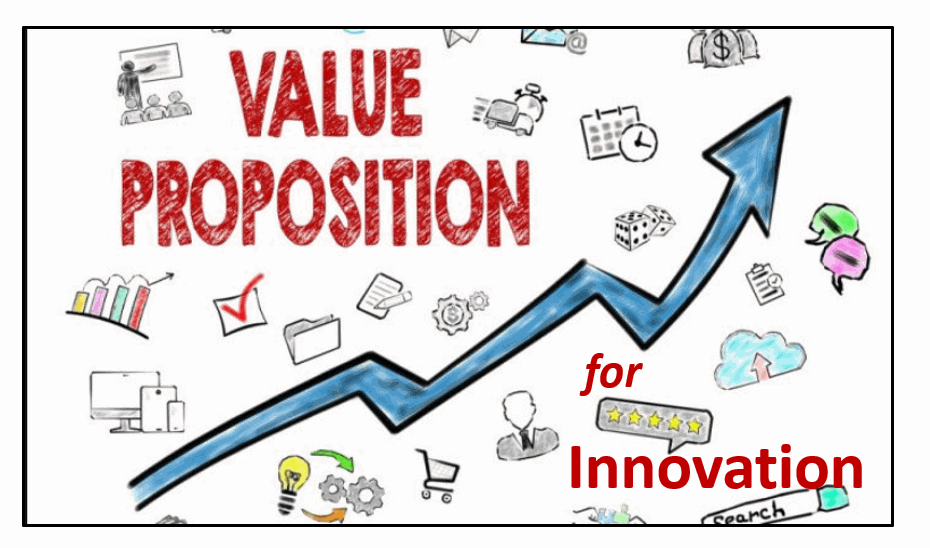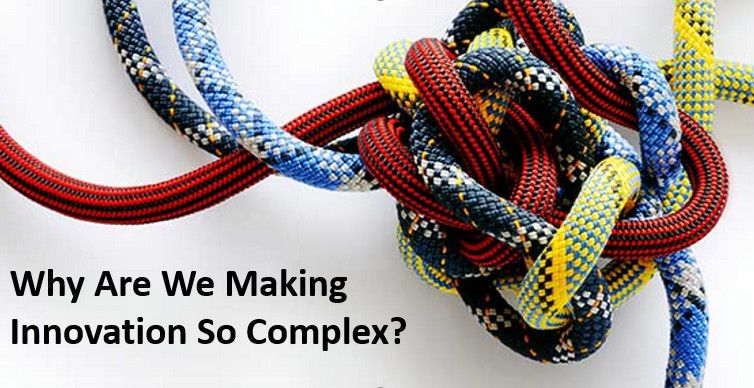 Europe does seem to be always lagging. You get the impression those in Europe’s leadership are beating back the waves of progress, not embracing them- it is all self-serving. They also seem to operate in a fortress mentality. They seem to be spending all their capital on trying to make this (unholy) alliance of 27 + 1 to function.
Europe does seem to be always lagging. You get the impression those in Europe’s leadership are beating back the waves of progress, not embracing them- it is all self-serving. They also seem to operate in a fortress mentality. They seem to be spending all their capital on trying to make this (unholy) alliance of 27 + 1 to function.
The herculean task of integrating the impossible; in rules, regulations, attempting to reduce centuries of proud independence, individual cultures to be boiled down into the Super-European one. For me, it just can’t work.
I had an incredible 15 years living in Asia and came back to Europe some years ago and noticed a real difference, in many ways it has simply gotten worse, not better. Europe has been intent on institution building, forging an EU out of all the different countries that make up the European Union. In this “obsession” it has become very inward focused, the different leaders of the individual countries are battling to save their turf, yet the world continues to turn on different axes, that Europe seems not to have grasped.
This institutional building has forgotten the people-related building where aspiration, identification, inclusion makes the transformation happen or not. The EU has forgotten to translate all its work into true meaning for the people, believing in a worthwhile future. In Asia, you feel vibrancy, energy, opportunism, dynamism, that chance to get “part of the action”, here in Europe you sense a drifting, a separation, and growing fragmentation. Continue reading “Defending Europe, including the Brits, on innovation”








